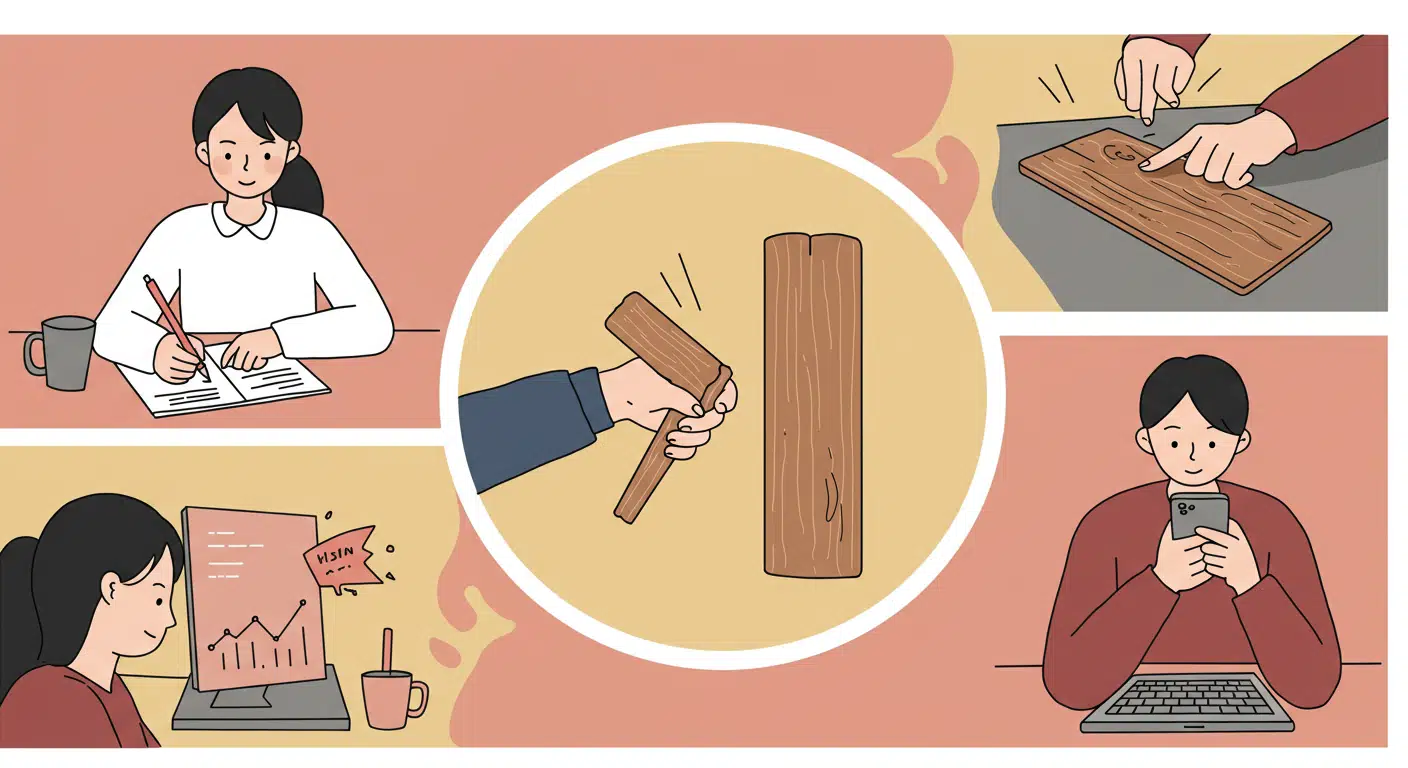According to widespread belief across multiple cultural traditions, indicating a grave or burial site through direct pointing—particularly using the index finger—risks supernatural consequences including inviting death into one’s family, disturbing the deceased, attracting malevolent spirits, or marking oneself for similar fate. This gestural prohibition supposedly applies with particular force to children, pregnant women, and individuals with family members recently deceased. Some traditions specify alternative methods for necessary grave indication, such as nodding, using an open palm, or indicating with one’s chin or elbow to minimize spiritual risk.

A baby’s future career or fate is predicted by the first object they select during a ceremonial setup.
In several Asian and Eastern European cultures, a traditional ceremony is held for babies usually around their first birthday. Known


